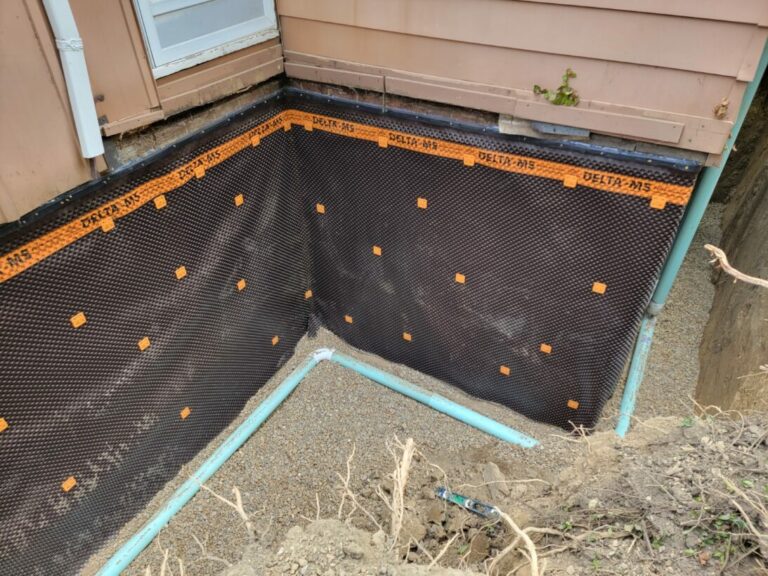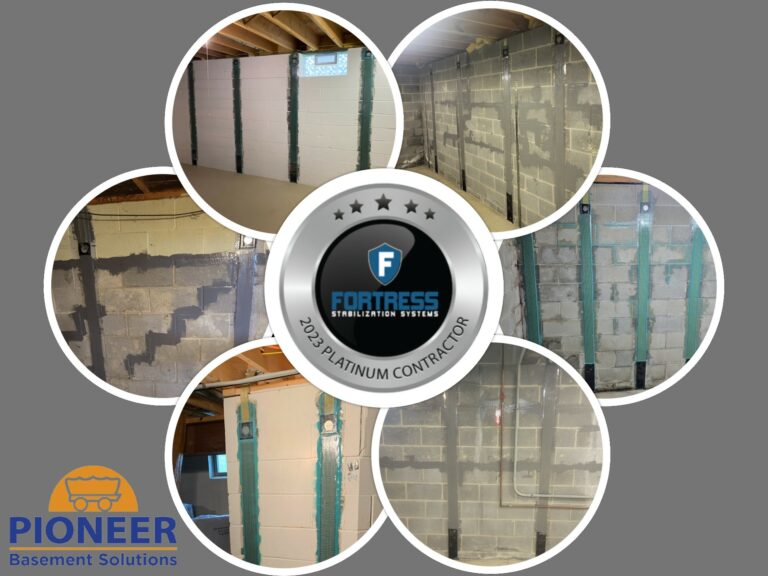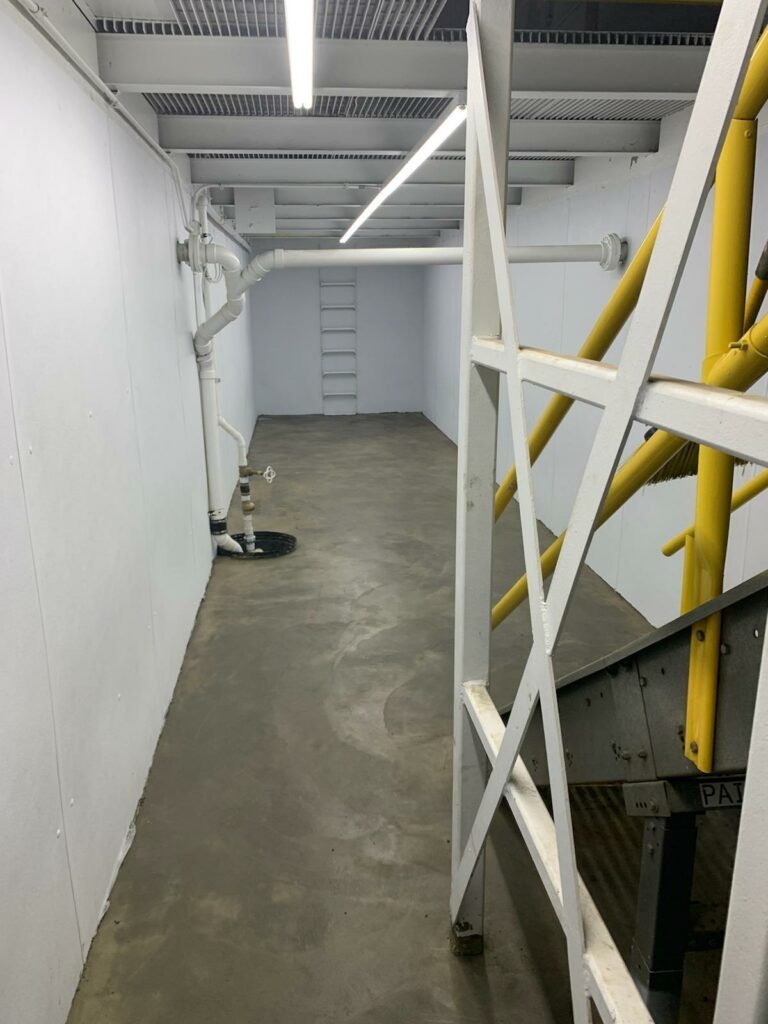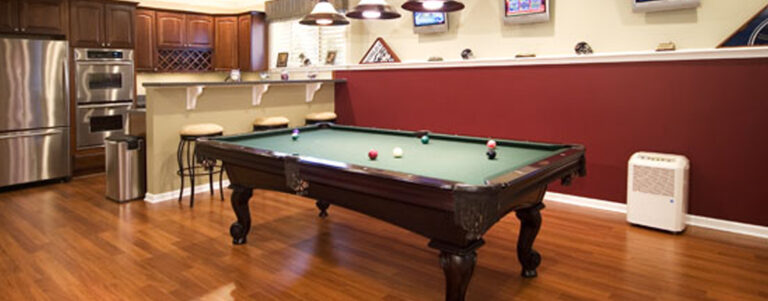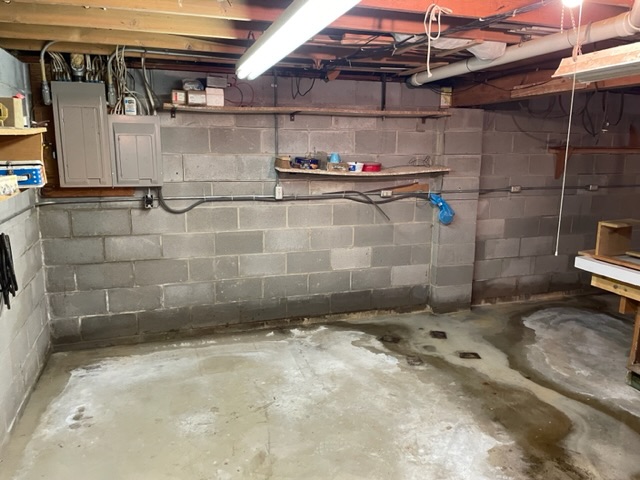
Basement Waterproofing: Identifying Signs and Solutions
Basement waterproofing is a crucial investment for homeowners seeking to protect their homes from water damage and ensure a dry, healthy living environment. Interior basement waterproofing offers

